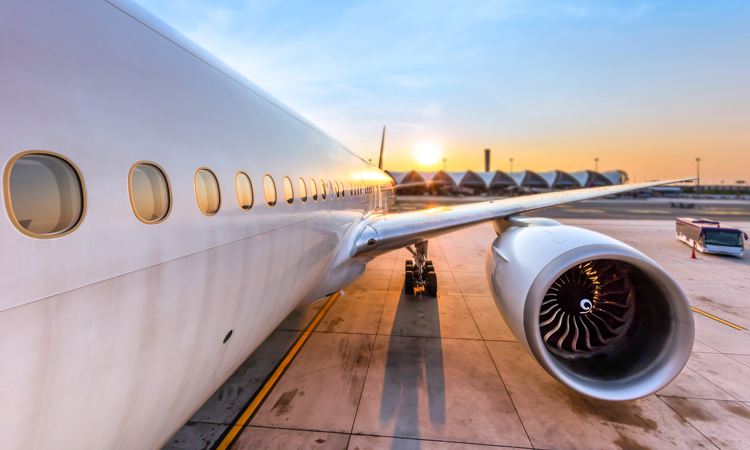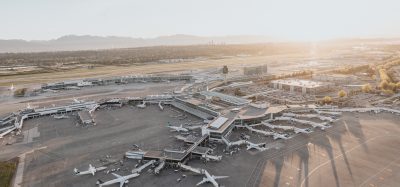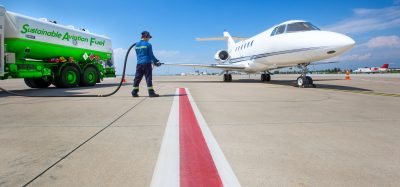ACI World data highlights lasting impact of COVID-19 on aviation
- Like
- Digg
- Del
- Tumblr
- VKontakte
- Buffer
- Love This
- Odnoklassniki
- Meneame
- Blogger
- Amazon
- Yahoo Mail
- Gmail
- AOL
- Newsvine
- HackerNews
- Evernote
- MySpace
- Mail.ru
- Viadeo
- Line
- Comments
- Yummly
- SMS
- Viber
- Telegram
- Subscribe
- Skype
- Facebook Messenger
- Kakao
- LiveJournal
- Yammer
- Edgar
- Fintel
- Mix
- Instapaper
- Copy Link
Posted: 15 July 2021 | International Airport Review | No comments yet
With passenger numbers expected to be 47.3 per cent down by the end of 2021 compared to 2019, ACI World has predicted that global traffic may take up to two decades to return to previously projected levels.


New Airports Council International (ACI) World data has shown that the lasting adverse impact of the COVID-19 crisis on aviation is forecast to remove an additional five billion passengers by the end of 2021 compared to the pre-COVID-19 forecast.
Compared to 2019 levels, this is expected to be 47.3 per cent down by the end of 2021, with domestic passenger traffic recovering faster than international traffic. Globally, domestic traffic will continue the recovery that began in 2020 to reach close to 3.3 billion passengers by the end of 2021 (61.4 per cent of 2019 levels).
Linked to traffic reductions, ACI World estimates that, globally, airports will suffer the reduction of more than $108 billion in revenue by the end of 2021, down by more than half of previous expectations (54.6 per cent). It is expected that each quarter of 2021 will show improvements compared to the previous one, moving from a decline of 71.4 per cent in the first quarter of 2021 to a decline of 37.2 per cent in the fourth quarter.
As vaccinations continue and travel restrictions are slowly eased, more passengers are expected to return to travel in the second half of 2021. While international passenger traffic remained weak in the first half of 2021, signs are pointing toward a surge in air travel demand for the second half of the year, but much uncertainty still surrounds the long term recovery of the aviation industry.
Despite the slower than expected first half of 2021, ACI World expects global passenger traffic to recover to 2019 levels by the end of 2023, which will be mainly driven by the recovery of domestic passenger traffic but dampened by a slower recovery of international travel. In the long run, it is predicted that the global traffic may take up to two decades to return to previously projected levels.
“Despite increasing positive signs, COVID-19 remains an existential crisis for airports, airlines and their commercial partners, and aviation still needs support and reasonable policy decisions from governments if an even, sustained recovery is to be realised,” said ACI World’s Director General, Luis Felipe de Oliveira.
He continued: “Air traffic is the lifeblood of the airport business, as practically all aeronautical revenues are a direct function of traffic, including passenger-related charges from passengers and aircraft-related charges. As traffic declined, airports’ ability to collect those charges decreased proportionally and, with little flexibility in operating expenditures coupled with capital costs that are largely fixed, the current crisis represents an unprecedented challenge for the airport industry’s financial viability.”
“The implications of this go beyond airports, because airports play a pivotal role in the aviation ecosystem, which is crucial for the global economic recovery from the impact and effects of COVID-19. Aviation contributes trillions to world gross domestic product (GDP), supports millions of jobs and fosters the sustainable development of the communities that we serve,” he added.
“ACI World is optimistic, but critical to reconnecting the world will be a harmonised and risk-based approach to travel restrictions underpinned by government action to promote safe travel with a coordinated and approach to testing and vaccination. Persisting with full-scale restrictions and blanket quarantine measures puts the prospects for a safe, passenger-centric and sustainable recovery of the crucial air transport system at risk, which will result in a protracted and damaging loss of global connectivity and growth,” de Oliveira concluded.
New and improved airport infrastructure will be key to the continued development of air transport beyond the recovery from the COVID-19 pandemic. Sustainable long term growth for the industry will require increased airport capital investment, reasonable policies for the use of slots and developments that improve the economic, social and environmental footprint of airports.
ACI World recently published two studies – ‘The Global Outlook of Airport Capital Expenditure – Meeting Sustainable Development Goals and Future Air Travel Demand‘ and ‘The ACI Long Term Carbon Goal’ for the world’s airports – which explore how the airport industry’s current financial shortfall poses significant challenges to the modernising of infrastructure and the long term target of net zero operations by 2050.
“Dramatically reduced airport revenues have added even greater challenges to meeting long-term capacity needs, not to mention realising the global airport industry’s long term commitment to reach net zero carbon emissions by 2050,” de Oliveira said. “We will need governments to work with airports in supporting and incentivising recovery and to mitigate the risks of falling short on the sustainable long term growth for the industry.”
Related topics
Aeronautical revenue, Airport crisis management, COVID-19, Economy, Emissions, Funding and finance, Passenger volumes, Social responsibility, Sustainable development


















